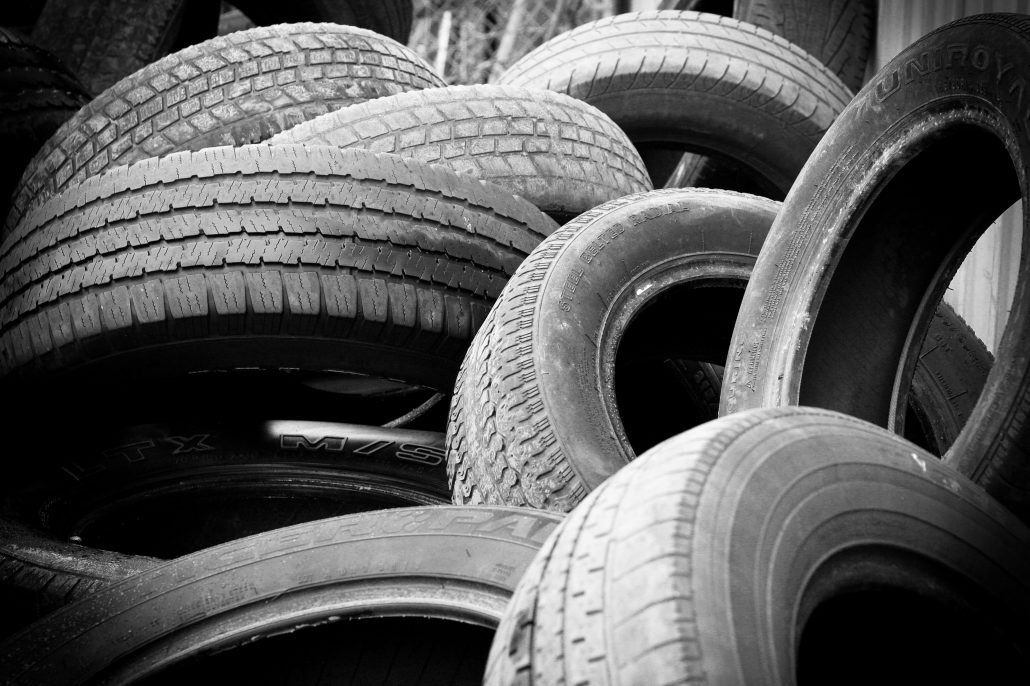Should You Replace Or Repair Your Tires?
Car tires don’t wear out that easily and have an average lifespan of 5 years and a maximum of 10 if they’re of good quality. That being said, they are not impervious to damage. They can still get cut or punctured, or they could crack, bulge, and wear unevenly around the treads.
Damaged car tires are among the top reasons why car owners take their vehicles to auto shops for inspection. After the checkup, a mechanic might suggest to repair or replace them, depending on the condition of the tires. Thankfully, there are a few ways to tell whether you should replace or repair your tires based on the type of damage involved.
Types of Car Tire Damage
As long as there are no visible signs of damage, there’s usually no need for repairs or replacement. But if there is damage present, the affected tires have to be assessed for the following signs:
Punctures
Tires can get punctured by sharp, protruding objects. Contrary to popular belief, you can still repair a punctured tire. However, the puncture has to be located in a specific area, and it has to be a certain size for repairs to be possible.
When to repair: If you have a grooved tire, a single puncture to the tread (that is, the space between the sidewalls) is repairable as long as the hole is not larger than 1/4 of an inch in diameter. If you have a slick tire, the puncture should be more than 2 inches away from the sidewall. Tires with two or more puncture holes can only be repaired if they’re 16 inches apart.
When to replace: If the puncture is too large (more than 1/4 inch), if it is located outside the safe area (such as on the sidewall or shoulder), or if there is more than one puncture, and the holes are too close together (less than 16 inches apart), then you’ll need to replace the tire.
Low Tread
The tread helps you maintain control of your vehicle when you’re driving on the road. When it wears out, the tread becomes less visible and the tire loses its ability to “grip” the road. Low tread tires are considered a safety risk and have to be replaced.
Cuts and Gashes
Tires can get cut or gashed if you run over sharp-edged objects such as broken glass and potholes. This type of damage either cuts through the steel cords underneath the rubber, or they cause treads to separate. Both can weaken the tire and increases the risk for a blowout.
A tire that has cuts and gashes needs to be replaced. Patches and sealants can be used to cover them up, but only temporarily so as to prevent the tire from losing air and going flat.
Bulging
Tires that have bumps in them usually have broken belts, or they may have warped from exposure to extreme heat. This type of damage makes a tire prone to blowouts, although they rarely pose any danger. Bulging tires can’t be repaired, but there’s no need to replace them immediately.
Cracks
Tires are more likely to develop cracks the older they become. While seemingly harmless, a small crack may worsen over time and before you know it, you’ve got a shredded tire! Cracked tires are a tell-tale sign they should be replaced.
Old Tires
Most manufacturers recommend changing your tires every 10 years. Others suggest changing them every 5-6 years. Check your car manual for recommendations that are specific to your tires. In any case, old tires that are past their recommended use need replacing.

